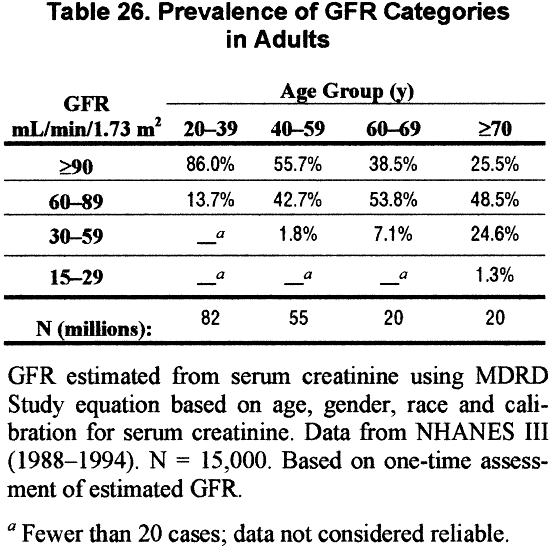

Drink enough waterĭrinking enough water is good advice for anyone, but it can also help your kidney health. People with kidney disease who have diabetes are more likely to have severe complications or a quicker decline in kidney health than those with kidney disease who don’t have diabetes. This is especially true if you have diabetes. Watch your blood sugarĬontrolling your blood sugar is key to avoiding kidney damage. High blood pressure can damage the delicate structures in your kidneys. Getting regular exercise and keeping your blood pressure in check can help protect your kidneys. These include foods high in potassium, phosphorous, and sodium, like: Some foods put more strain on the kidneys and are best avoided, especially if you have known kidney damage. Eat wellĪ balanced diet can go a long way in protecting your kidneys. Here are other things you can do to help reduce further damage to your kidneys. Work with your doctor to find a treatment plan that addresses the root cause. Metabolic disorders are complex and can present in many forms. To increase your vitamin D levels, you can spend more time in the sun or add more vitamin D-rich foods to your diet. If you think you have a deficiency, talk with your doctor and get your blood levels tested. Vitamin D deficiency is very common, and many people aren’t aware that they’re deficient. Making sure you’re not deficient in vitamin D.

You can manage high blood pressure through exercise, diet, stress reduction, and limiting alcohol, among other lifestyle choices. Some studies have shown that GFR may increase over time in people at all stages of kidney disease by: For most people with chronic disease, positive lifestyle changes may help slow the loss of kidney function. While it’s possible to improve your GFR, you’re more likely to do so with acute kidney injuries rather than with chronic kidney disease. In most cases, kidney disease is a chronic and gradually progressing disease. What can you do to improve your GFR and prevent further kidney damage? The National Kidney Foundation lists the following GFR scores and kidney disease stages, and what to expect in each: Under 60, you begin to have some loss in function. This changes when your GFR drops below 60. Most GFR results simply provide you with a measurement of 60 or higher, since you can have stage 1 or 2 kidney disease, but still have normal kidney function. The GFR takes these other elements into account. For example, in a 2009 research review, creatinine levels fell by an average of 0.4 milligrams per deciliter in pregnant women.īecause they can change with age and size, creatinine levels alone are not good indicators of kidney health. 0.6 to 1.1 milligrams per deciliter in adult women.0.9 to 1.3 milligrams per deciliter in adult men.Everyone has some creatinine in their blood. But the measurement essentially takes into consideration your gender, age, body size, and your blood creatinine level.Ĭreatinine is a waste product that your body creates as muscle breaks down. Based on 2020 research, between your 2 kidneys, you have about 2 million glomeruli.Ī number of formulas are used by groups like the National Kidney Foundation to calculate GFR. Each glomerulus is housed within a structure called a Bowman’s capsule. Glomeruli are complex structures made of tiny blood vessels called capillaries, along with protein mesh and layers of tissue that continuously filter your plasma. The glomerular filtration rate measurement comes from the name of the filtering units inside your kidneys, called the glomeruli. How is your glomerular filtration rate (GFR) measured?


 0 kommentar(er)
0 kommentar(er)
